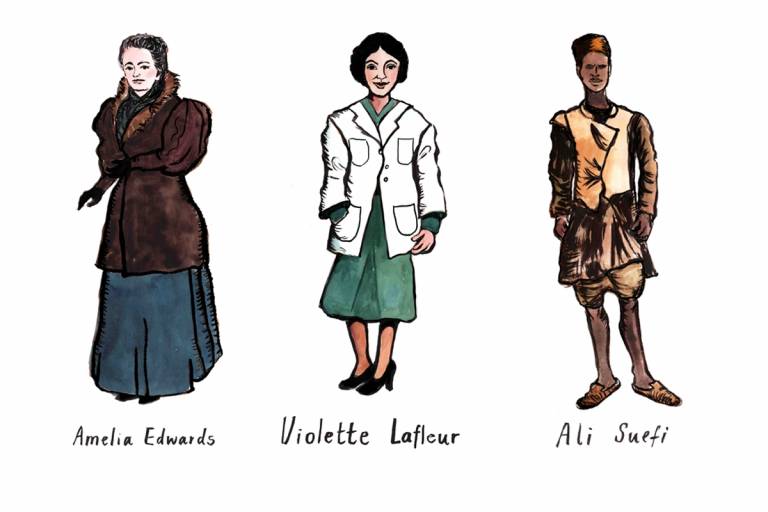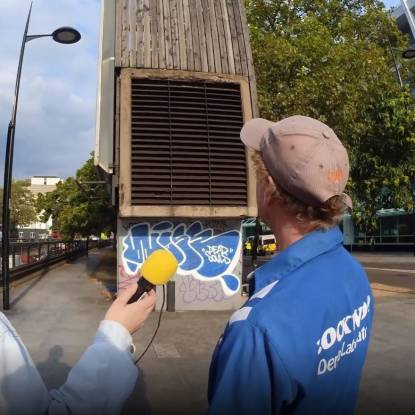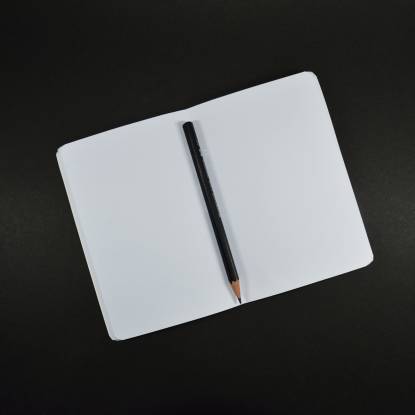Extraordinary Stories behind the Petrie Museum

The Petrie Museum is home to one of the most significant collections of Egyptian and Sudanese archaeology in the world. Its collection tells the stories of the lives of ordinary people who lived along the Nile Valley thousands of years ago. Inside you’ll find papyrus and stone fragments inscribed with hieroglyphs; musical instruments and children’s toys; thousands of beads and amulets; ancient mummy cases and the treasures buried with them for the afterlife; and the oldest known woven garment in the world: the Tarkhan Dress.
The Museum is named after William Matthew Flinders Petrie (1853 – 1942), appointed in 1892 as first UCL Edwards Professor of Egyptian Archaeology and Philology. Over three-quarters of the material comes from excavations directed or funded by Petrie, or from purchases he made for university teaching. He was known as the ‘father of pots’ and also has a complex legacy of eugenics research.
In the Museum’s new Entrance Gallery, we are celebrating the individuals who gave a great deal to the Petrie Museum, but whose contribution has not historically been recognised. This includes writer and Egyptologist Amelia Edwards, lead excavator Ali Suefi and UCL conservator Violette Lafleur who saved the Petrie collection during the Second World War.
Amelia Edwards
Amelia Edwards (1831 – 1892) was an English novelist, journalist, traveller and Egyptologist. She co-founded the Egypt Exploration Society in 1882 which led to the discovery of temples, tombs, but also ancient settlements which tell the story of everyday life in Egypt.
After her death she donated her collections and library to UCL, along with funding to establish the first Chair in Egyptology in the UK. She chose UCL because it was the only university in England at the time to offer degrees equally to men and women.
Ali Suefi
Ali Suefi was the head-overseer of many teams of Egyptian ‘Quftis’ working to excavate Egyptian archaeological sites for Western researchers. In 1890 he began working for Petrie at the excavations at Meidum, near to the Faiyum village of Lahun where he lived and worked as a farmer and fisherman. He quickly became Petrie’s ‘right-hand man’ and oversaw excavations in Egypt for over 30 years. His name only appears occasionally in official reports however we know that he played a hugely important role in the excavations during this time.
Violette Lafleur
Violette Lafleur was a UCL conservation student and volunteer, who almost single-handedly saved the collection from the World War Two bombs that destroyed her own home. She successfully moved the Petrie Museum collections to Stanstead Bury in Hertfordshire, and to the UCL basements, with the help of college porters and former students. The UCL campus was hit by bombs during the Blitz in both September 1940 and early 1941.
She was also responsible for putting Jeremy Bentham’s Auto-icon on display. In 1939 she restored the Bentham’s remains, along with his clothes, chair and stick, so that his Auto-icon could be displayed in the Cloisters of the Wilkins Building at UCL.
We would like to thank the DCMS Wolfson Museums and Galleries Improvement Fund for supporting this project.
 Close
Close



